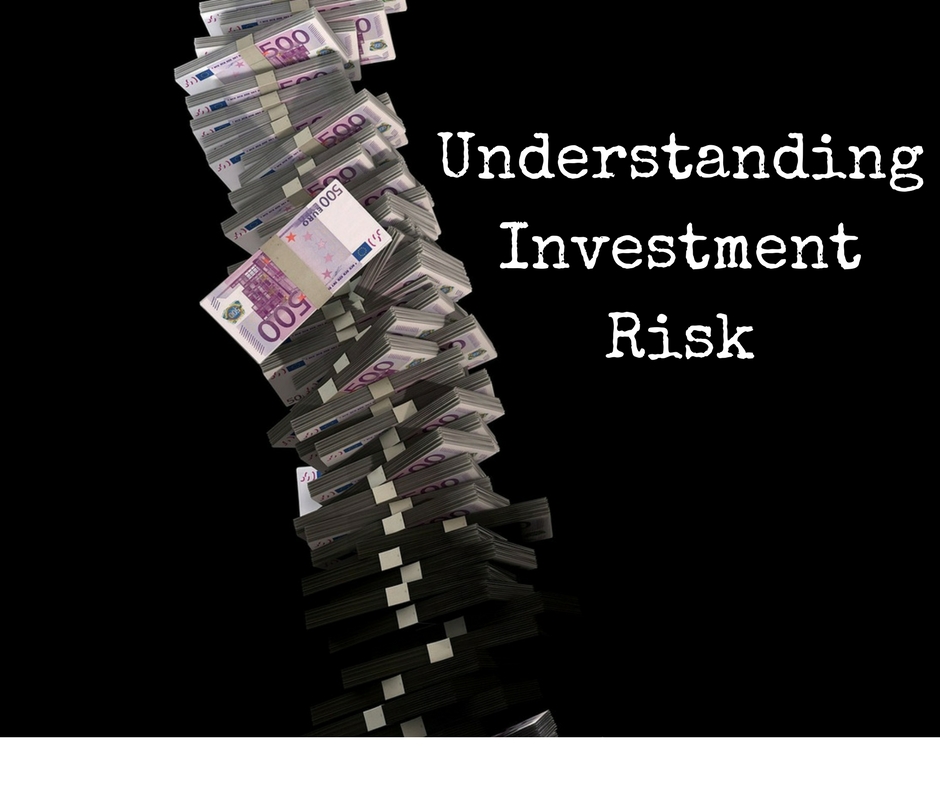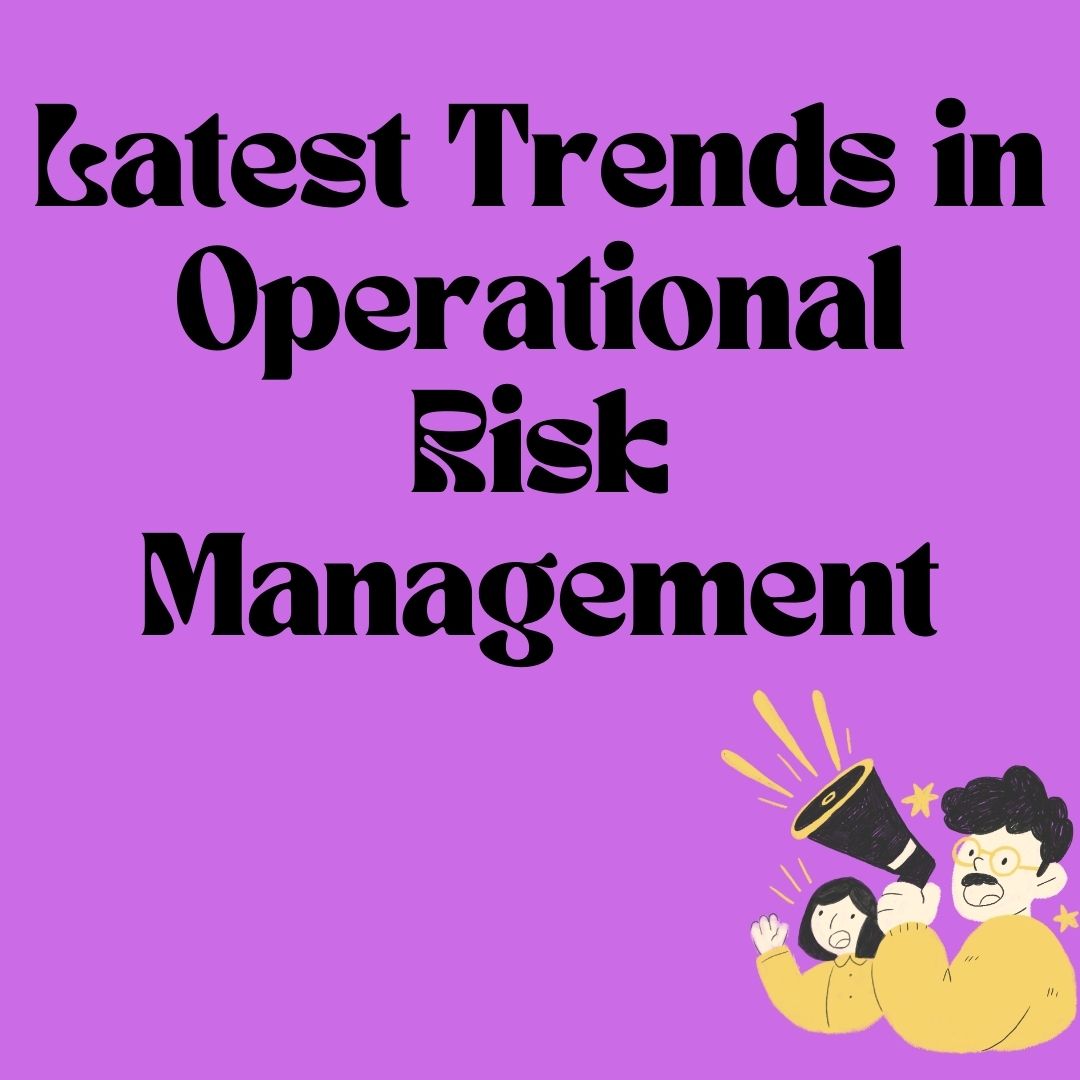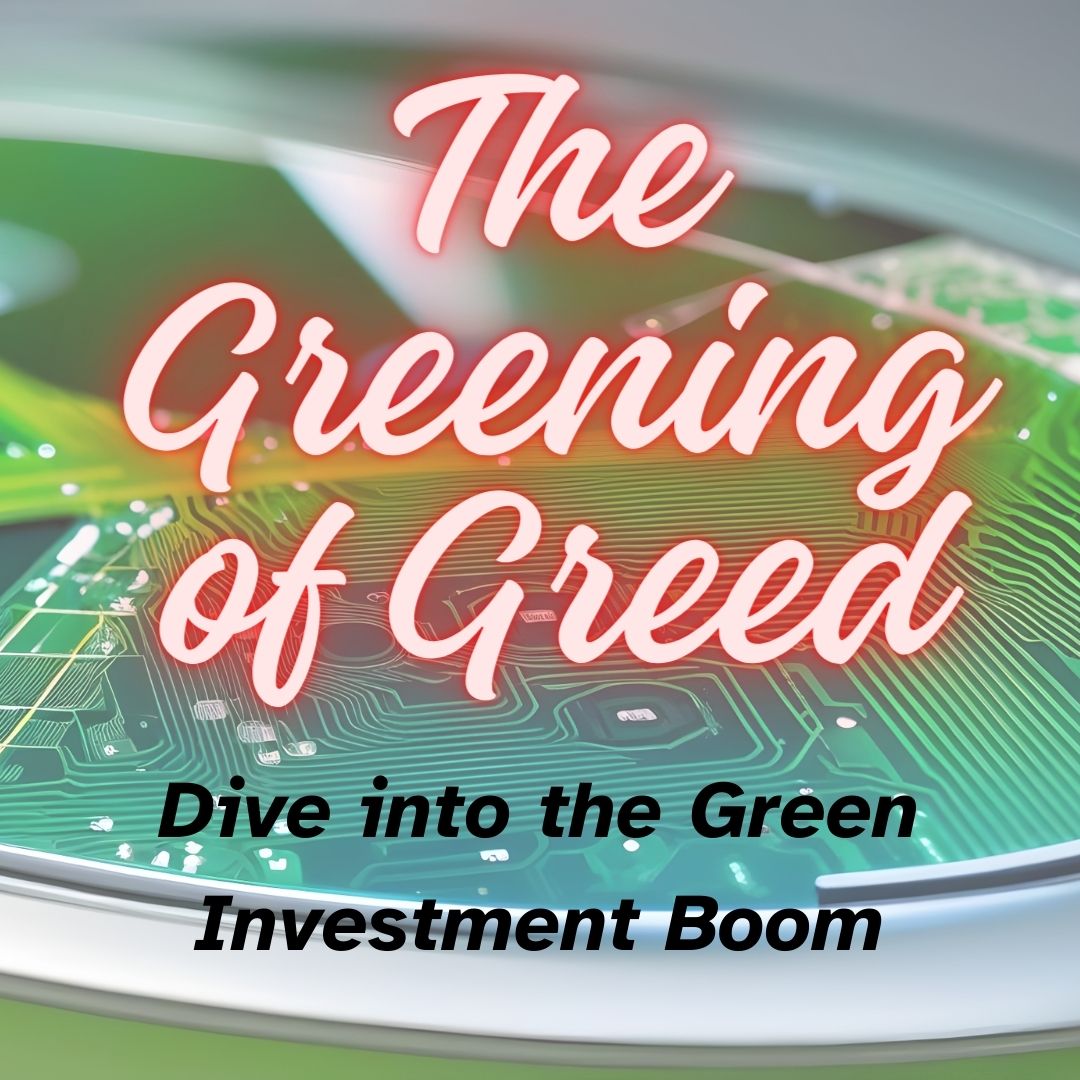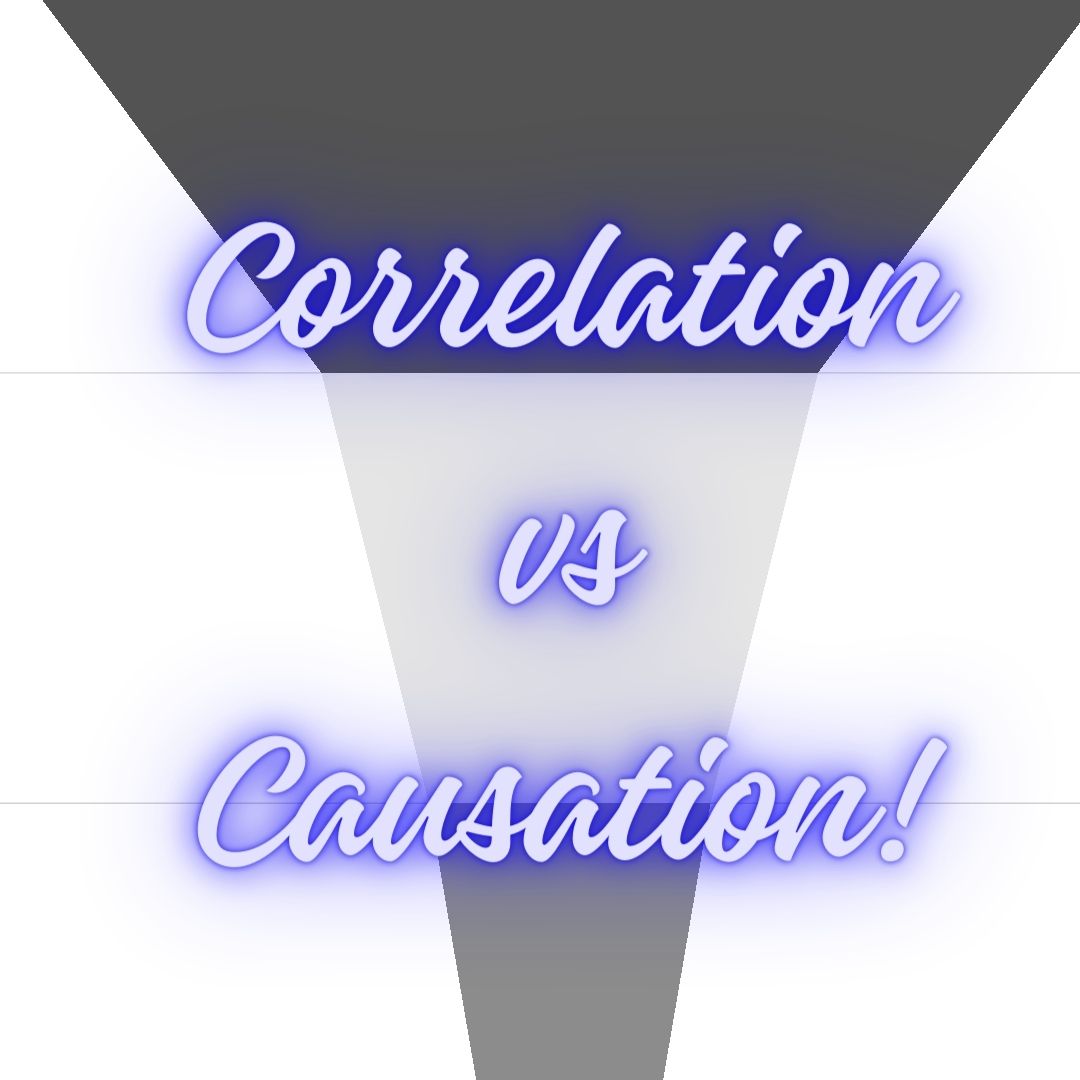Understanding Investment Risk
- 28 May 2017 | 1179 Views | By Mint2Save

In the simplest of terms, investment can be described as the tendency of putting a resource to work to get the desired output in the future. ut for getting the desired output we need to take some investment risk as well.
Everything that we do is an investment. From breathing to work, we tend to invest one resource to another and get anticipated results. However, only a few investments qualify to be measured quantitatively, and this is the where the world of finance kicks in. The term “investment” not only diversifies itself, but can be measured quantitatively.
People, irrespective of their income sources and other financial backgrounds, seek to hand over their funds to a highly qualified and professional firm. They do so because of the belief that the firm can increase the value of their funds over a period of time and give their investments a better return when needed. This is also the reason that people keep only a handful of money in their savings account.
These investment companies, such as mutual fund firms, ULIP funds, etc., need to hire staff and evolve dynamic systems and process that seek better opportunities for investment, so that they can match the customers’ expectations. In this whole process, the firms have a number of serious hurdles, such as:
- Inflation
- Price Fluctuation
- Market Effects
- Interest Rate Risk, and several others.
All these risks that can hamper the growth of an investment constitute investment risk.
In this article, we are going to explore the causes, types and popular mitigation techniques related to investment risk.
Inflation
In the simplest terms, inflation can be defined as a gradual increase in the value of goods and services. There can be several causes of inflation, such as:
- Highly liquid market
- Economic growth of a country
- Gap between demand and supply of goods and services
- Increase in value of currencies of other countries, resulting in the devaluation of native currency
Inflation results in reduction of purchasing power of the common man and is often seen as the benchmark for quality of life.
When it comes to judging inflation, it comes up a much necessary evil. A healthy and controlled inflation is considered to be a sign of increasing purchasing power of the common man. Further, inflation is also a vital hint to increase in quality of goods and services.
When it comes to investments, inflation forms the base for all investment based returns. All investments, irrespective of being equity, debt or a mix of both, seek to comfortably cross the inflation mark. For wealth is created only when one’s investments score more than the mark of inflation.
Returns on Investment and Inflation
Returns on any investment can vary by noticeable way, once the impact of inflation is considered.
Nominal Returns
Returns on any investment accounted without considering the impact of inflation, are termed as nominal returns.
Real Returns
Real returns come into the picture when inflation is taken into picture. Real returns are denoted using the following formula:
(1+ real rate of return) × (1+ inflation rate) = 1+ nominal rate of return
Example: Consider investment into a bond A, whose nominal return is: 10%. In this scenario, the rate of inflation is 2%.
Using the equation above,
(1+real rate of return) x (1+2%) = 1+10%, or
(1+real rate of return) x (1+.02) = 1+0.01, or
(1+real rate of return) x (1.02) = 1.10
(1+real rate of return) = (1.10/1.02)
(1+real rate of return) = 1.078
Real rate of return = 0.078 0r 7.80%.
As evident from the little discussion above, an investment can be worthy only if it surpasses the real rate of return.
Types of Investment Risk
In this financially globalised and liberalised world, investments have crossed the international borders. In search of hefty profits, one can invest in commodities such as gold, real estate and even other currencies. Going hand in hand with the investments are the investment risks. Let’s have a look at the types of investment risks.
- Currency Risk: The risk arising due to adverse changes in the levels of one currency when compared to other is termed as currency risk. This risk can be easily confused with Market Risk. However, market risk happens when a currency fluctuates with respect to the national markets (such as stocks etc.).
- Interest Rate Risk: The adverse movement of interest rates of an investment gives rise to interest rate risk. For instance, a loan which is locked at 5% will seem to be a loss, when interest rates fall down to 2%.
- Issuer Risk: Coupon payment system is a common practice when it comes to bonds that are issued by companies and the government. A number of times, bonds (considered to be the safest investment tool) go default because the issuer runs into various difficulties. Issuer risk arises when companies issuing bonds are unable to service the regular interest payments or default on the final payment of bonds.
- Equity, Commodity and Property Risk: These three categories are one of the most common and popular investments. From the common man to the corporate, investments in equity or commodities or real estate has always been a golden opportunity to yield funds.
Obviously, risks in these categories would also refer to the slowdown or downgrade in these categories.
Managing Investment Risk
When uncontrolled and unmonitored, investment risk can not only deplete your wealth by substantial margins, but can also erode away your faith in investments. Hence, the companies need to manage investment risk with a very prudent and far sighted approach. This is the reason a lot of investment companies detail with their investment objective.
For instance, a typical mutual fund would define the following objective:
- The aim of the fund
- Strategies to be followed
- The total risk to which it is exposed
- Geographical area and sectors in which it is going to invest
- Benchmark Index
- Investment restrictions
- Minimum Investment Required
- Fund Managers
- Type of Scheme (Open Ended or Closed Ended)
Further, in order to safeguard the investments, these monitoring, management and reporting steps aid in dealing with the risk:
- Peer to Peer Comparison: In this way, the firms assure themselves that fund managers are not taking any unnecessary risks.
- Supervisory Monitoring: The regulator would never let go a fund, if it does not follow the specified guidelines. From hefty fines to the ceasing of license, there are big penalties when fund reporting is done wrong and it can hamper the investors.









